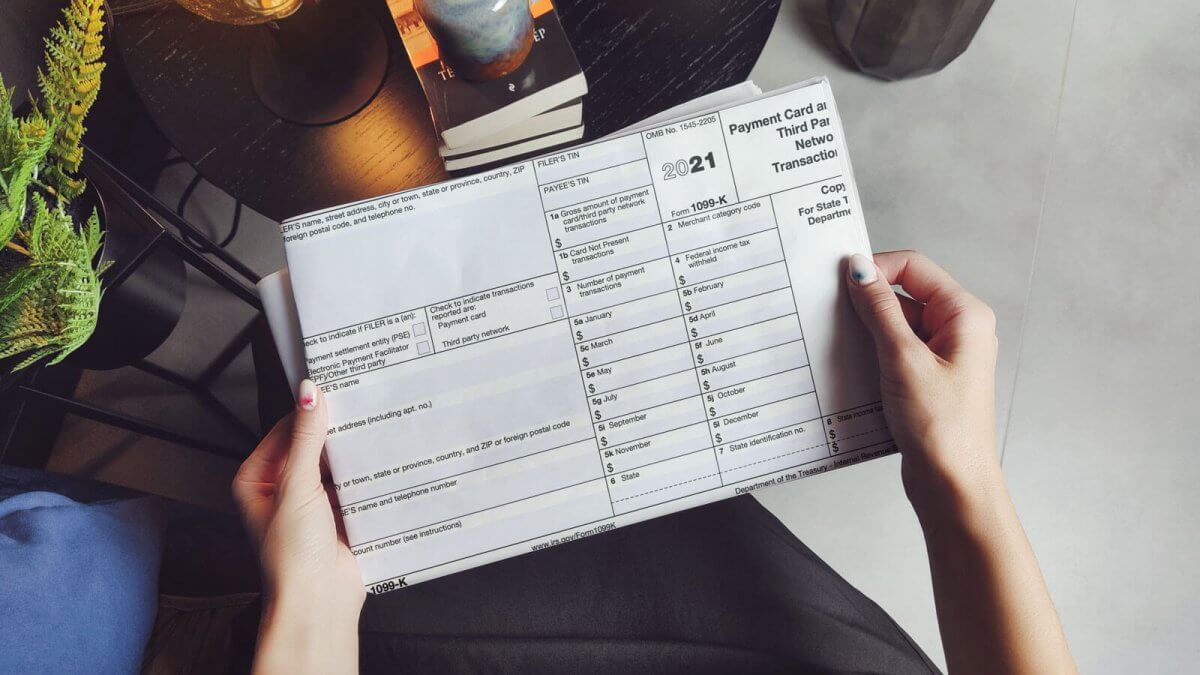This September marks five years since the America Invents Act (AIA) was signed into law, ushering our patent system into the 21st century through a series of reforms that focused on both the efficiency and quality of patents. The AIA created new post grant review programs, which are both time- and cost-effective mechanisms to take a second look at claims to determine if they meet the legal standards for patent protection. By offering new programs- including Inter Partes Review (IPR) and the Covered Business Methods (CBM) Program, the AIA provides small inventors and productive businesses with a meaningful tool to ward off the low quality patents that fuel patent troll litigation. Unfortunately, in the years since IPR was implemented, some parties have criticized the program and sought to upend its effectiveness.
Myth: IPR is a “death squad” for patents.
Fact: IPR isn’t killing patents: it promotes a quality patent system that fosters innovation by cleaning up claims that should have never been granted in the first place.
Parties attacking IPR often point to statistics of high invalidation of claims at the Patent Trial and Appeal Board (PTAB), which decides IPR cases. They argue that because PTAB has a high rate of tossing out claims, the program must not be working. However, PTAB will only institute a case when it’s likely there’s an invalid claim, and there’s a thorough review process before a case goes into the IPR process.
The statistics often cited to by parties challenging IPR’s success are misleading. Cases may only proceed when it is likely that there is an invalid claim. As of June 2016, only 51 percent of filed petitions were instituted. That means that nearly half of all cases never get into the system, because procedures are in place to discourage and prevent patentees from wasteful harassment in IPR. So of course the rate of invalidation for instituted is high, as it is already narrowed to a tiny group of likely low quality patents. IPR was designed that way, and it’s working.
Invalidating bad patent claims is a good thing. It’s what IPR should be doing. We know there’s still too many low quality patents in the system, because patent trolls regularly use them as vehicles for lawsuits against productive businesses. Low quality patents (the kind often invalidated by IPR) ultimately stifle innovation and discourage productive businesses from development of new products and services.
Myth: The structure of IPR disadvantages patent holders.
Fact: IPR has rigorous safeguards that ensure patent holders are protected from unsubstantiated cases.
IPR was designed to target low quality patents and protect legitimate claims of patentees. At the risk of being repetitious, PTAB requires that there be a likelihood of invalid claims before it will institute a proceeding, meaning that they weed out the frivolous challenges at the door. In addition, there are other mechanisms designed to both discourage harassment and safeguard patentees. Petitioners are barred from raising new issues in court that they could’ve raised at PTAB (estoppel), so they have to make wise decisions about using IPR. Petitioners also have to make their whole case up front, conserving resources and allowing PTAB to weed out cases that don’t belong.
The courts agree that IPR is working: we now have judicial records of review of the IPR program (and a few more on the way), and the results are a direct contradiction to the idea that IPR is broken. Since the inception of IPR through September 1, 2016, the Federal Circuit has only reversed 7 percent of PTAB’s decisions, demonstrating the high quality of PTAB’s work.
The courts have also reviewed various procedures at PTAB, including the standards for review of a patent claim. For example, in June 2016, in Cuozzo Speed Technologies, LLC v. Lee, the Supreme Court found that the “broadest reasonable interpretation” (BRI) standard (which allows PTAB to make sure claims are narrowly construed) is proper. IPR and district court litigation are different: IPR is a specialized process, with a specialized review board, that allows the Patent and Trademark Office (PTO) to correct errors, and the BRI standard allows them to do just that.
Opponents of IPR also point to the “preponderance of the evidence” standard as a source of discontent. PTAB makes decisions of validity based on preponderance of the evidence rather than by “clear and convincing” evidence, which is normally reserved for cases like civil rights. PTAB judges are experts (district courts are generalists) and the preponderance of the evidence standard allows IPR to work both efficiently and effectively by recognizing that expertise.
Myth: The threat of IPR devalues intellectual property rights.
Fact: IPR doesn’t threaten legitimate patent rights or enforcement: instead, it threatens low-quality patents that are undermining innovation and productivity nationwide.
IPR’s opponents claim that the very threat of IPR is making inventors worry about patented claims and the value of their intellectual property under high kill rates (see Myth #1 to prove there’s no validity in the high kill rate argument). As stated above, there’s no disadvantage to patent holders in IPR: not only do they receive significant safeguards, but the system is designed to only take up cases that deserve a second look.
Only a very small amount of patents are eligible for IPR, so it’s highly unlikely that a valid claim would be challenged. Of 2.5 million active patents, only about 4,700 have been challenged since IPR was instituted – and only about 15 percent of litigated patents are being challenged at IPR. And even within that small fraction of patents, PTAB has further processes that limit the cases they actually take, including the requirement that it be likely a claim is invalid before a case is even instituted. With such high barriers and standards, IPR is reserved for only the most questionable claims, without extraneous threat to inventors protecting their work.
IPR doesn’t devalue legitimate patent claims: but low quality patents do disadvantage inventors and productive businesses nationwide. A recent GAO report emphasized the point that low quality patents are often used to assert wasteful litigation against small, unknowing businesses. These low quality patents divert resources from development and innovation and create massive uncertainty for businesses and inventors under the cloud of broad claims and expensive litigation. Approximately 48 percent of IPR cases challenge patents held by so-called trolls, which could otherwise put small inventors and businesses through the expensive process of litigation that often forces defendants to settle and allows the troll to continue to use the low quality patent as a weapon. IPR offers a cost effective and quick way to check on the validity of work done at the PTO, while continuing to protect patentees who have put the work into new products and services that earn protection.
Myth: IPR is unconstitutional.
Fact: IPR is both constitutional and further fulfills the vision of our founders to foster an intellectual property system “to promote the progress of science.”
The assertion that IPR violates the Constitution has already been addressed by the Federal Circuit: and sure enough, they found that IPR is right in line with our nation’s founding document. In MCM Portfolio v. HP, it was alleged that IPR has both Article III (separation of powers) and Seventh Amendment (right to a jury) problems. The court was clear:
“The teachings of the Supreme Court in Thomas, Schor, and Stern compel the conclusion that assigning review of patent validity to the PTO is consistent with Article III…
Because patent rights are public rights, and their validity susceptible to review by an administrative agency, the Seventh Amendment poses no barrier to agency adjudication without a jury.”
We’d be remiss not to take a step back to the very part of the Constitution that our intellectual property system is founded upon. Article I, Section 8, Clause 8 reads:
To promote the Progress of Science and useful Arts, by securing for limited Times to Authors and Inventors the exclusive Right to their respective Writings and Discoveries.
That’s 18th century speak to say that intellectual property should protect the exclusive rights of inventors in a system that further encourages new development of products and services. That’s why our patent system has standards- patent rights should protect and encourage research and development, and if claims shouldn’t be patentable or are too broad, inventors will be discouraged from furthering innovation and caught up in wasteful litigation. Low quality patent claims improperly remove subject matter from the public domain, and ultimately prevent the progress of the sciences benefiting our economy and society. IPR is about making sure those standards are met: a worthy goal that results in the competitive intellectual property system that best serves our economy and society.










